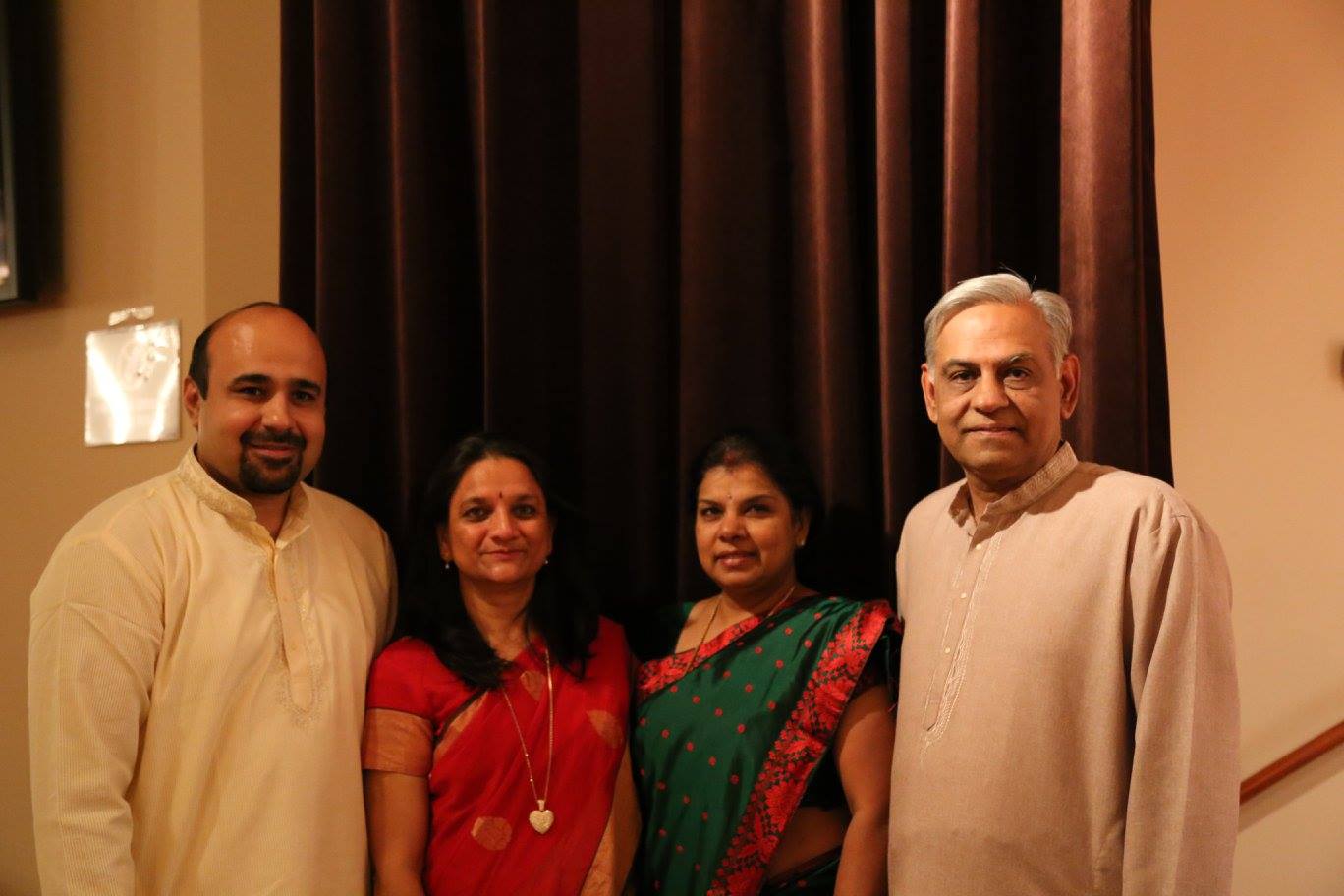Contribute
| Our Voice And Yours |
Lokvani Team
07/26/2018
Indian Americans enjoy the highest levels of income among various Asian ethnic groups in the U.S., but wide economic disparities exist within the community, noted the Pew Research Center in a report released July 12. The report, titled “Income Inequality in the U.S. Is Rising Most Rapidly Among Asians,†surveyed income levels of several Asian American ethnicities and found that Asians at the top 10 percent of incomes earned 10.7 times more than those at the bottom 10 percent. The Pew report is one of a few such papers that disaggregate data for various Asian American communities. “Today, income inequality in the U.S. is greatest among Asians. From 1970 to 2016, the gap in the standard of living between Asians near the top and the bottom of the income ladder nearly doubled, and the distribution of income among Asians transformed from being one of the most equal to being the most unequal among America’s major racial and ethnic groups,†noted the authors of the study, Rakesh Kocchar, associate director of research at Pew Research Center; and Anthony Cilluffo, research assistant at the Pew Center. Within the Indian American community, median household incomes vary widely, noted the National Coalition for Asian Pacific American Community Development, in its response to the report’s findings. For example, the organization noted, the median household income in San Jose, Calif., is $157,036 – where incomes are driven by the tech community – compared to $51,060 in Yuba City, Calif., where agriculture is the driver of the local economy. Education levels are also lower in Yuba City, said the organization, noting that Indian American residents of Yuba City come largely from a previous wave of migration, whereas Indian Americans in San Jose represent a new wave of migrants chosen largely for their technical skills. Almost four million people of Indian origin live in the U.S., with a median household income of $100,000, noted the survey. About 7.5 percent of the community lives at or below the federal poverty level, defined as $30,750 for a family of four in 2017. Sri Lankan Americans, with population numbers of about 60,000, have median household incomes at $74,000 with about nine percent of the community living in poverty. More than half a million Pakistani Americans currently reside in the U.S., with a median household income of $66,000; 15.5 percent live in poverty, according to the report. Around 188,000 Bangladeshi Americans have a median household income of $49,800; almost one-quarter live at or below the federal poverty level. Similarly, Nepali Americans, who have a median household income of $43,900, also have almost a quarter of their community living in poverty. Burmese Americans have the highest level of poverty among Asian Americans, with one out of three living at or below the federal poverty line. The median household income is $36,000, according to the Pew report. About 72 percent of Indian Americans hold bachelor’s degrees or higher, compared with just nine percent of people from Bhutan. Seema Agnani, executive director of the nonprofit National CAPACD, said in a press statement: “The Pew Research Center’s report draws attention to the stark economic inequality in the AAPI population. The success of some of us has contributed to the marginalization of many of us.†“We must challenge the dominant assumptions of our success, and we need to build solidarity within the AAPI community. We need to encourage the idea that successful AAPIs have a social responsibility to learn about, support, and lift up lower-income AAPIs who are unduly set back by the success of their community members,†said Agnani. “Wealth that is dangerously inequitable is not sustainable and, thus, we all have a shared interest and benefit in lifting AAPIs living in poverty out of the margins,†she said. The full report can be found on the Pew Research Center's website.
You may also access this article through our web-site http://www.lokvani.com/
